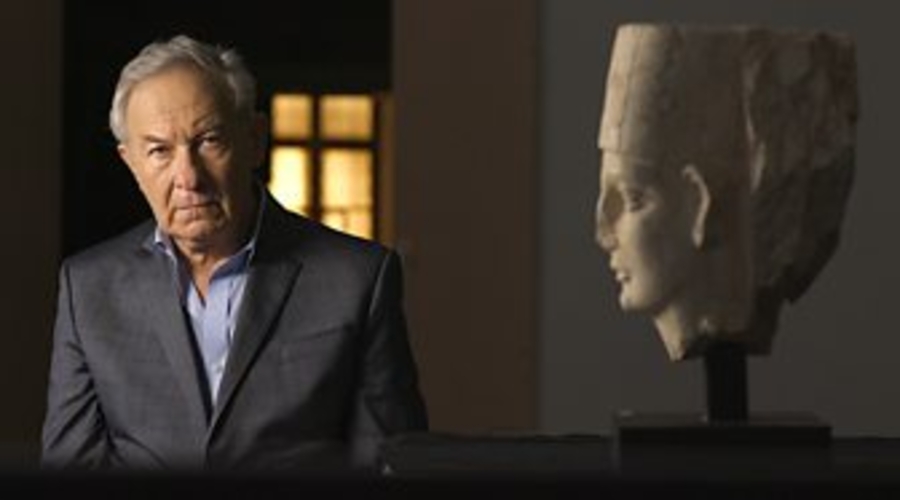Simon Schama reflects on filming Civilisations, and recalls a critical encounter 25 years ago with a sound recordist
Episode five of Civilisations, “The Triumph of Art”, will air on BBC Two tonight but I’ll be 5,000km away, at home in the Hudson Valley, multitudes of tiny emergent frogs piping down in the hollows, the last grimy mounds of slush surrendering to spring, and “Play ball” at last being shouted in baseball grounds all over the country.
The distance is just as well since what I mostly do, when I see my own programmes go out, is carp. How did I let that champagne-glass soft focus get through the edit? Did I under-saturate the Matisse cut-outs in the grade? And – always – the words of an old sound man, more than a quarter of a century ago, witnessing a very long piece to camera in front of Las Meninas come back to haunt: “You’re good…” long pause “but you’re no Dr Bronowski.”
Who would argue with that? Not me. It can always be better. But, over the course of two years of filming, there were moments (as there always are if you’re lucky and just let self- consciousness go) when the performance and the words did seem to do justice to the art.
This almost always happens in front of works you think you know well or have even filmed before, and suddenly you notice something absolutely fresh, which makes the whole experience innocent again.
That’s how it was with the little figure of a stocky peasant woman, trudging home, stooped beneath an enormous pile of firewood across her head and shoulders that Bruegel included in his Hunters in the Snow, a figure which, more than the exhausted hounds stuck in the drifts, seemed to embody emblematically the hard side of the human condition.
In Ways of Seeing, John Berger made the unarguable point that television – especially the cutaway details we choose and the way we deploy them in the edit – usurps the human eye, capable of seeing the whole picture as well as the details all at once.
Actually, I’m not sure that is true of how we optically register a painting, but, in any case, I don’t think it’s necessarily a bad thing for television to bring viewers into focused engagement with what may have been an overlooked detail, which can turn out to have mighty interpretative power.
Very often in our series it was the micro rather than the macro that delivered breathtaking illuminations: the 4cm-long Mycenaean agate seal stone of two athletic warriors locked in mortal combat, somehow carved on a tiny surface at least 700 years before Homer wrote his epics; or the pointed stabs of white paint from which Van Gogh formed his ecstatic starbursts over the Rhône.
For presenters (at least for this one), every scene re-viewed comes with crowded memories of the shoot: tribulations along with happy pay-offs. Such as the jib that came late to Chartres Cathedral and with just a single operator, who was then bound to take many excruciating hours to get it operational so that we could film the stained glass.
There was the clock, mercilessly ticking down on our bought time. But then, as if in compensation, a jumbo jib arrived in Würzburg (along with a small battalion of German operators), letting us film Tiepolo’s mind-blowing, superpopulated ceiling fresco in ways technically impossible for Kenneth Clark’s crew a half-century ago.
In the end, you have to let go, stand back, and ask yourself: did you deliver on the promise of bringing to the small screen ennobling beauty, fresh ideas and the burning marks of human creativity in all its miraculous complexity? And the answer has to be: well, we did our best.
Simon Schama is a historian and broadcaster.







